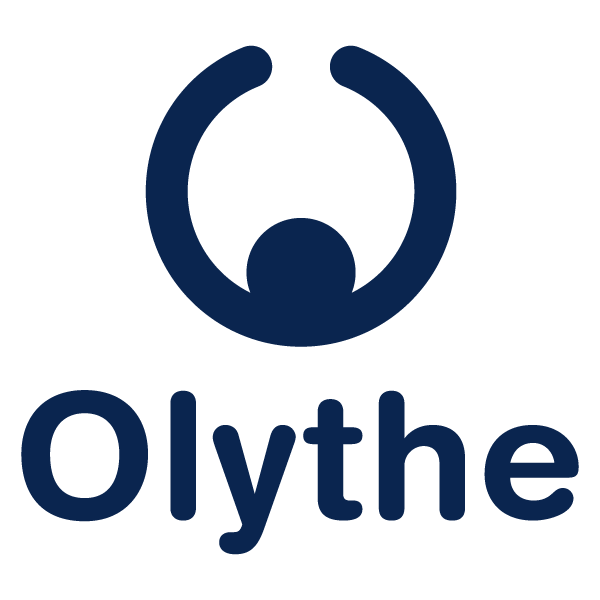Nitrous Oxide
in Breath Analysis
Nitrous Oxide (N2O) is present in very small amounts in human exhaled air. Hence, it can be measured in breath analysis in the medical field for a few different reasons.
What is N2O ?
Nitrous Oxide (N2O) is a colorless and non-flammable gas that is used for medical and recreational purposes. It is also used as a propellant in aerosols and whipped cream cartridges. While it is considered relatively safe for controlled medical use, excessive or frequent recreational consumption of N2O can cause health risks.
SCIENCE
N2O monitoring in breath using NDIR sensor
Nitrous oxide is detected at low concentrations in human breath. Studies have examined its use as a physiological indicator, showing variations in concentration after food ingestion. This substance can be measured in exhaled air analysis for medical purposes, as an indicator during anesthesia or as a biomarker for asthma and chronic obstructive pulmonary disease.
NDIR (non-dispersive infrared) is a gas detection technology that measures the concentration of a specific gas, such as N2O, by detecting its absorption of infrared radiation. In N2O monitoring, exhaled air is directed towards the NDIR sensor, which emits infrared radiation at a specific wavelength. The N2O molecules present in the exhaled air absorb this radiation, and the sensor calculates the concentration on the basis of the absorbed infrared radiation. NDIR sensors are preferred for N2O monitoring because of their accuracy, reliability, ability to detect low concentrations, minimal maintenance and resistance to variations in temperature, pressure and humidity.

The importance of monitoring N2O in exhaled air
Nitrous oxide (N2O) in human breath is considered a potential biomarker, with fluctuations in concentration observed after food ingestion. This makes it interesting for medical breath analysis, serving as an indicator during anesthesia and as a biomarker for conditions such as asthma and chronic obstructive pulmonary disease.
An indicator
during anaesthesia
When using nitrous oxide as an anaesthetic during medical procedures, it is imperative to carefully monitor its concentration in exhaled air.
Nitrous oxide is metabolised in the body and eliminated by breathing. Consequently, its presence in exhaled air is a key indicator of its absorption and elimination by the patient. Accurately measuring the concentration of N2O in exhaled air allows healthcare professionals to ensure that the patient receives adequate anaesthesia throughout the procedure. An insufficient concentration of nitrous oxide can cause patients to wake up during the procedure, exposing them to pain and discomfort. Conversely, an excessive concentration of N2O can lead to serious respiratory complications.
Continuous monitoring of the concentration of nitrous oxide in exhaled air therefore helps to ensure patient safety and comfort throughout the anaesthetic.
Prevent risks
from excessive N2O “laughing gas” consumption
Laughing gas inhalation is very popular among young people for its short-term psychoactive effects. But inhaling Nitrous Oxide causes nerve damage and respiratory problems. First, N2O can reduce the amount of oxygen available to the body, which can lead to hypoxia, a condition in which the body’s cells do not receive enough oxygen. This can cause dizziness, nausea, headaches, loss of consciousness, and even death. Excessive or prolonged N2O consumption can also cause neurological damage, including short-term memory loss, coordination problems, muscle weakness, and numbness. It can also lead to toxicity, which can cause damage to organs such as the liver and kidneys. And finally, N2O consumption can affect coordination and sensory perception, which can increase the risk of accidents, including burns, cuts, and falls.
Measuring the concentration of N2O in the exhaled air after inhalation could reflect the amount of gas that has been absorbed by the lungs and could be an indicator of exposure to this substance.

OCIN2O
The first laughing gas breathalyzer
Discover the first exhaled air analyzer dedicated to the analysis of nitrous oxide in breath!
- Real-time measurement of N2O concentration in breath
- Highly precise and reliable
- Easy to use and transportable
PRODUCT
OCISense Sensor to monitor N2O in exhaled air
Olythe is specialized in the production of NDIR sensors for gas sensing, including Nitrous Oxide. We offer custom solutions, helping companies to define their needs ans requirements for N2O monitoring. Thanks to our expertise in gas sensing and our understanding of the specific challenges associated with N2O measurements in exhaled air, we can provide you custom advice and support.
Our infrared spectroscopy sensor can be integrated into portable and mobile systems with high accuracy and reliability.

